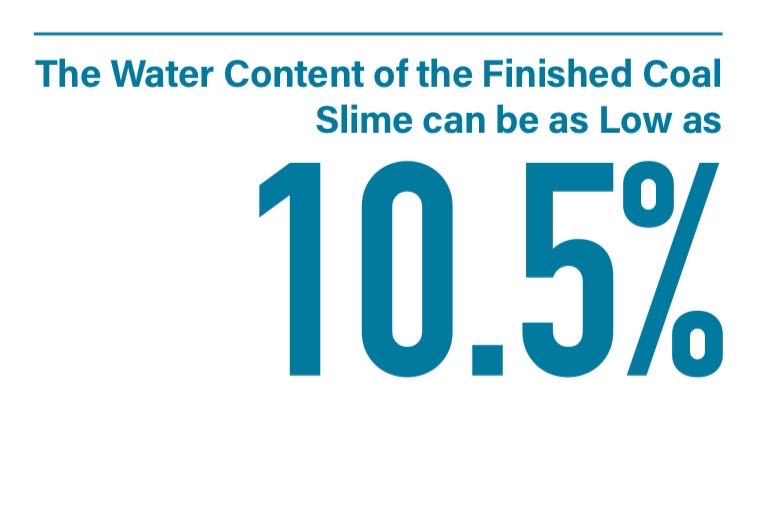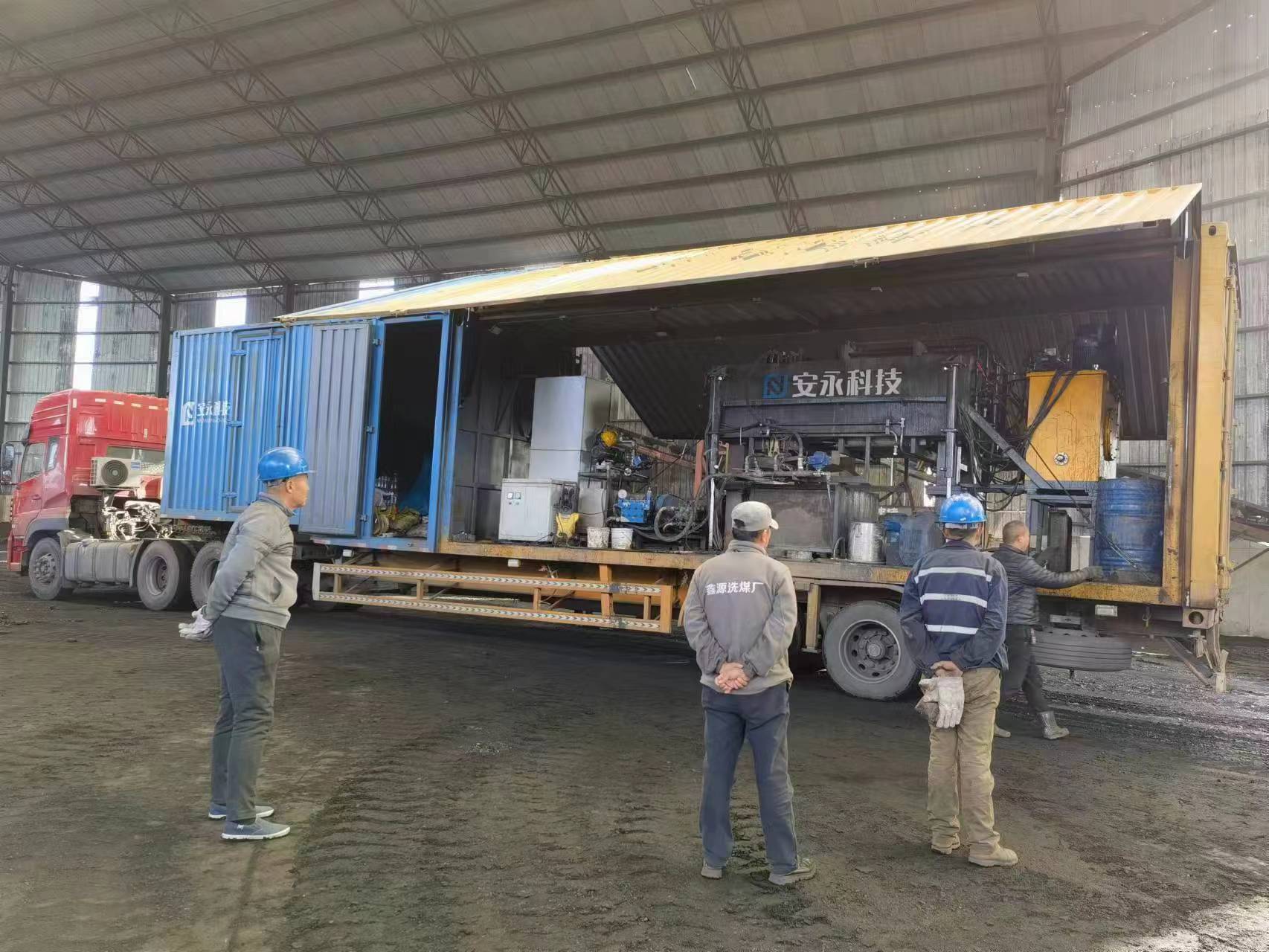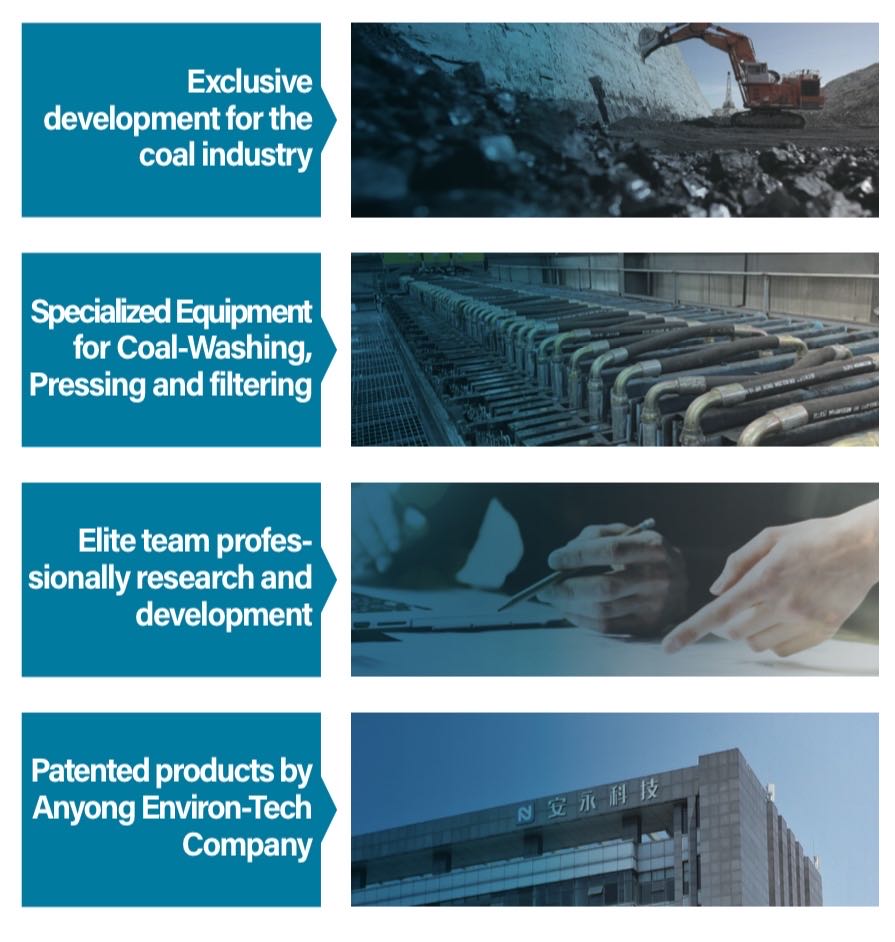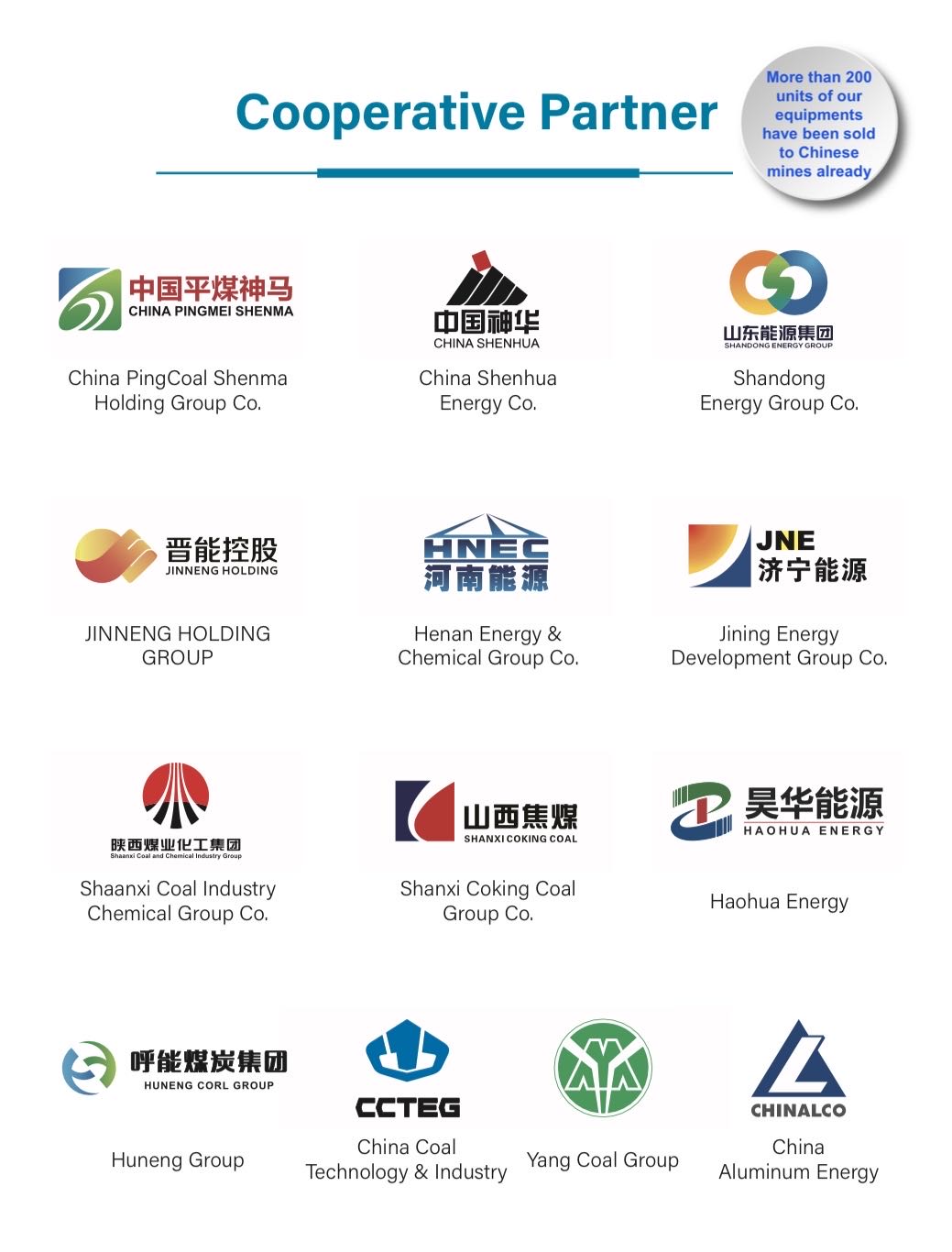Solid Liquid Separation System
Heritage group hunts for an opportunity to assist Australian coal mines in building mud free, green and intelligent mines.
We look into making an investment in Australia with Chinese advanced technological equipment in the field of coal tailing slime dams drying without heat consumption.
Project value (USD in Million)
per single unit
Qty to be invested in Aussie in 2024/25
Commencement
Investments into Australia with the equipment of the dry coal slime without heat consumption
Heritage group is in the process of talking with the Australian coal mines in NSW and Queensland to make a few of investments by introducing an integrated solutions of solid liquid separation system for coal mine industries form Hangzhou Anyong Environmental Protection Technology Company. https://www.anyongtec.com/
background
Tailing slime dams are a massive environmental liability in both Queensland and New South Wales and both the coal miners and the government regulators are seeking technology and solutions that aim is to minimise tailing slime dams storage. The regulation of tailings slime dams, is extremely onerous and gaining environmental clearance / signoff on rehabilitated structures is rare and problematic, so mining companies are keen to trial products that will provide a good environmental outcome like our China-made solid liquid separation system.
In other words, most of Australian coal mines have suffered multiple disadvantages during the process of washing the coal after coal being mined. This is due to the high moisture, viscosity and low calorific value of coal tailing slime dams, the traditional de-watering technology is outdated. It makes the finished coal tailing slime dams difficult in being directly utilized by large scale power plants. How to reduce the moisture of cola tailing slime dams to meet the requirements of the power plants has been a major problem in the coal industry.
Value added creation
Using pressure filters to separate solid waste and liquid is quite normal practice. But our technology offer to Australian coal mine is a ultra-high pressure (highest 10Mpa) and the moisture after pressing can be as lowest as 10.5%, whilst after normal pressure moisture is around 30%, we can reduce about 20% of moisture!
The calories of the tailing slime dams can be increased about 30% because of positive influence of moisture, it leads to change the waste into a saleable fuel coal accepted by market assured by off-take agreement by big Chinese companies for exporting into China.
Heritage Funds LPF takes the full responsibility for the project investment capital to be investing into the equipment of solid liquid separation system into Australia coal mines under the platform of coal mine owners.
Findings and feedbacks from Australian coal mines in NSW and in Queensland after speaking to a few Australian coal mining professionals about this china technology of solid liquid separation system.
We have gained an insight of understanding about tailing slime dams recovery from Australian coal mines with their feedback as follows:
Our Chinese technology is seems to be traditional plate and frame press but improved / upgraded much higher hydraulic pressure to squeeze the tailing slime dams. the coal mines need further information material about whether the material being dewatered with ultrafine coal or ultrafines coal tailing slime dams (coal flotation rejects). It looks to be ultrafine coal.
- What they need to identify is what is the ash content of this material.
- Also note the press has been set up in an undercover building to discharge direct to stockpile on floor for pick up with FEL.
- This would indicate that it would re-hydrate if exposed to the elements.
- If this equipment was included in a CPP design and discharged onto the product coal belt to mix with coarse product onto stockpile it would probably be ok, but for use to produce a single product of dewatered ultrafine coal, the material would have to be kept undercover to final use, or it would take up too much moisture.
The difficult part of tailing slime dams recovery is not the mining or processing, it is making the product waterproof and handelable.
- This has been the nemesis of tailing slime dams recovery.
- The other difficult issue with tailing slime dams recovery is accurate definition of the resource i.e. what is the saleable yield and what is the product specification.
- Drilling of old tailing slime dams is very difficult and dangerous, so developing a commercial model is challenging and it might not be viable.
In relation to the environmental outcome of tailings slime dam rehabilitation, a major problem still has to be solved! It is all well and good to recover the coal, but we are then left with a massive amount high ash “slurry” to deal with – dewater and emplace.
- Belt press filters are the current technology installed in plants for dewatering thickener underflow for mixing back with coarse coal rejects and trucking back to the spoil dumps.
- The only problem is that these filters produce a product of 42-45% total moisture, that if discharged into a truck on its own, simply liquefies. Even when mixed with coarse rejects, this mix behaves similarly.
- for a massive tailings slime dam there would be a huge amount of ultrafine waste to be dewatered and emplaced. Australian coal miners would need to have an overburden batching operation to mix this dewatered material with, so it could be emplaced back in the spoil dumps with very little geotechnical risk.
In Queensland the tailing clime dams are generally a mixture of coking coal and thermal so the fines recovered from this process will vary from mine site to mine site and may be highly variable within each tailing clime dam. In NSW the given that they do not have the prime hard coking coal (of Queensland) there tailing slime dams will be a mix of weaker coking and thermal coals which will also be significantly affected by moisture in the final product.
The above has answered the question of the reason behind why Australian coal mine owners should let us make a trial by using our solid liquid separation system for the win-win environmental outcome in compliance with governmental environmental clearance.
viable project action plan
- Heritage Funds LPF will import a test lab from China with its size about 1 container for doing the on-site testing of the coal tailing slime dams with Australian coal miners in NSW and in Queensland.
- Australian coal mines provide the land for the implementation of the project.
- Heritage Funds LPF will provide the funding and project financing
- The contractor Hanzhoug Anyong Environmental Protection Technology Company will carry out the design, manufacturing, installation, and commission of the project.
Heritage Funds LPF will own the project facilities under the platform of the Australian coal mines. Its operation will be carried out by Hangzhou Anyong Environmental Protection Technology together with Australian Engineering companies appointed by owner of coal mine and Heritage Funds LPF.
advantage of the system
- High Pressing Pressure: The maximum pressing pressure is up to 100kg, which is 8-10 times higher than that of traditional filter press.
- High degree of automation: Single person digital panel operation, the rest of the processes are automatically controlled.
- Low investment cost: Instead of the traditional filter press and drying process mode, it saves about 45% of investment.
- Large capacity of single unit: The daily capacity of standard model is about 600 tonnes, it leads to the annual capacity is about 200,000 tonnes and the production cycle is 45 minutes.
- Low operation cost: Only equivalent of 20% of the traditional model.
- High dryness of coal slime: the moisture content of the output coal power can be as low as 10.5%, which meets the requirement of coal to be used in the power plants.




